No products in the cart.
John Whynot – Audio/Music Production for Visual Media
$2,560.00 Original price was: $2,560.00.$512.00Current price is: $512.00.
Digital Download: You will receive a download link via your order email after successful payment.
This course is an in-depth exploration of the tools, techniques, workflows, and creative considerations in producing audio for film, television, and related media.
SKU: 4e1dfa4c392d Category: Music Tags: Audio/Music Production for Visual Media, John Whynot, John Whynot - Audio/Music Production for Visual Media
Audio/Music Production for Visual Media
This course is an in-depth exploration of the tools, techniques, workflows, and creative considerations in producing audio for film, television, and related media. You will explore the history of film as a medium, through the development of technology for synchronizing audio to moving picture, to modern-day practices in audio post-production. You will also explore the process and technique of creating sound for picture. You will gather, craft, edit, and mix sound effects, backgrounds, and Foley that would be applied to visual media. You will prepare for and explore techniques for managing a large ensemble recording session for recording score. You will learn the process of submitting audio stems to the final mix, and learn the final mix itself.
By the end of the course, you will be able to:
- Create sound for picture, applying audio post-production skills
- Gather, craft, edit, and mix sound effects, backgrounds, and Foley
- Prepare for and explore techniques for managing a large ensemble recording session for recording score
- Prepare a film mix “pre-dub,” submit audio stems to the final mix, and complete the final mix itself
- Create a film clip with your own custom-created soundtrack, using the techniques presented throughout the course
Syllabus
Lesson 1 Storytelling with Sound: The Anatomy of a Soundtrack
Lesson 2 Actors Talking! Introduction to the Technology
Lesson 3 In-Depth Location Audio and the Dialogue Edit
Lesson 4 Environments & Backgrounds: Creating the Static “Reality”
Lesson 5 Performing Reality: A Look at Foley
Lesson 6 Finding Reality: Sound Libraries, Collections, and the Outside World
Lesson 7 Warping, Mangling, Massaging, and Preparing Sound Effects
Lesson 8 Music? Why Is There Music?
Lesson 9 How to Mix Film Music in One Easy Step
Lesson 10 Data Coming and Going: The Flow of Information
Lesson 11 Toward and Beyond the Final Dub
Lesson 12 Beyond Technique and into Art—Beyond Art and into Business
Requirements
Proof of a Bachelor’s Degree
Proof of a bachelor’s degree is required to enroll in this non-degree, graduate-level course.
Ready to submit an unofficial copy of your transcript?
Submit Transcript (log in required)
Prerequisites
- Completion of Creative Digital Signal Processing (DSP) for Music and Visual and Sound Design for the Electronic Musician or equivalent knowledge and experience is required.
- Take the Audio/Music Production for Visual Media self-assessment to determine your level.
Recommended Textbooks
Dialogue Editing for Motion Pictures: A Guide to the Invisible Art, 2nd Edition by John Purcell, Focal Press
Software Requirements
- Pro Tools 12.7.1 or higher
- iZotope RX Elements 7 (included in required iZotope Music Production Suite Bundle)
Mac Users
- OS X 10.9 Mavericks or higher
- Latest version of Google Chrome
Windows Users
- Windows 7 or higher
- Latest version of Google Chrome
Hardware Recommendations
- Either an iPhone/iPad attachment mic such as the Zoom iQ6 or a (preferred) portable field recorder such as the Tascam DR-05 is recommended but not required.
- Recording gear (microphones, audio interface, etc) for recording assets to use in assignments and projects
- 500 GB free hard drive space
- Speakers or headphones
- Webcam
- Internet connection with at least 4 Mbps download speed (http://www.speedtest.net to verify or download the Speedtest by Ookla app from your mobile app store)
General Course Requirements
Below are the minimum requirements to access the course environment and participate in live chats. Please make sure to also check the Prerequisites and Course-Specific Requirements section above, and ensure your computer meets or exceeds the minimum system requirements for all software needed for your course.
Mac Users
- OS X 10.10 Yosemite or higher
PC Users
- Windows 7 or higher
All Users
- Latest version of Google Chrome
- Zoom meeting software (available in the course when joining your first chat)
- Webcam
- Speakers or headphones
- External or internal Microphone
- Broadband Internet connection
Instructors
John Whynot
Author & Instructor
Grammy-winner John Whynot’s first major feature-film score mixing credit was The Last of the Mohicans, which won the 1993 Academy Award for sound. He has since mixed and programmed dozens of feature film scores, including Austin Powers I and II, Ronin, Stigmata, and The Breadwinner.
A composer and songwriter, his original compositions have appeared in feature films, television movies, national advertising and video games. He has extensive experience in all musical idioms and styles.
His Grammy- and Juno-award-winning career as a producer/engineer includes projects with Dave Matthews, Lucinda Williams, Blue Rodeo, Kathleen Edwards, Loreena McKennitt and Colin James
A multi-instrumentalist, he has appeared on stage or television with Bruce Cockburn, The Band, Rick Danko, Garth Hudson, Doug Sahm, Amos Garrett, Kathleen Edwards, Carole Pope, Corey Hart, Blackie & the Rodeo Kings
In his hometown of Toronto, where he was constantly seen on stage playing in literally dozens of bands (guitar, keyboards, saxophones), John frequently found himself in the producer’s chair in the studio. He was driven by a fascination with recording and an increasingly obvious talent for working the boards.
His move to Los Angeles in 1989 spurred a shift into film scoring. Within a short time he was brought into a project with composer Trevor Jones, who immediately hired him to program synths and mix the score to The Last of the Mohicans. Being a mixer who can read scores and relate to musicians as a musician has kept him working in film music ever since. He has also mixed and/or programmed scores for George S. Clinton, Elia Cmiral, Andrew Gross, Jeff Danna, Mychael Danna, John Debney and others.
In 2014, John accepted an offer to become an Associate Professor at Berklee College of Music in its vaunted Music Production and Engineering Department. He is now dividing his time between teaching and mixing in Boston and producing and mixing in Los Angeles.
Recently, John has been mixing album projects for B3-Berlin, Blackie & the Rodeo Kings, JW JONES, mixing the scores to the Amazon series The Last Tycoon and the Netflix mini-series Alias Grace and the feature films The Breadwinner and The Man Who Invented Christmas for Mychael Danna & Jeff Danna. He is also creating a new Minor in Audio Post Production at Berklee College of Music.
What’s Next?
When taken for credit, Audio/Music Production for Visual Media can be applied towards these associated programs:
Associated Certificate Program
- Mixing, Mastering, and Production for Visual Media Graduate Certificate
Associated Degree Major
- Master’s Degree in Music Production
Get Download John Whynot – Audio/Music Production for Visual Media at Forimc.net today!
Archive: https://archive.ph/wip/8WLNB
Be the first to review “John Whynot – Audio/Music Production for Visual Media” Cancel reply
Related products
-82%
Rated 3.9 out of 5
-63%
Rated 4.31 out of 5
-60%
Rated 3.61 out of 5
-63%
Rated 4.93 out of 5
-73%
Rated 3.6 out of 5
-73%
Rated 3.54 out of 5
-65%
Rated 3.92 out of 5
-73%
Rated 3.58 out of 5

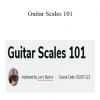

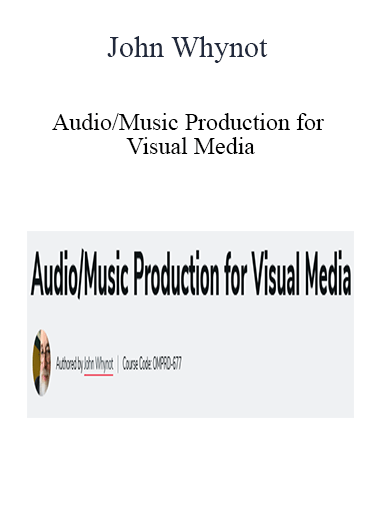

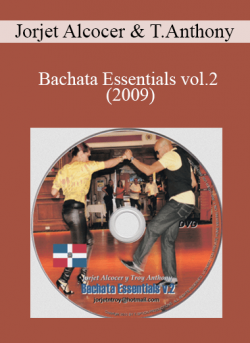
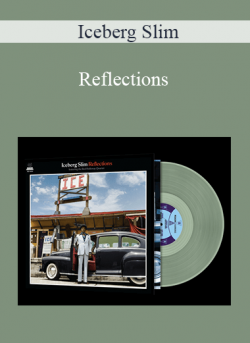
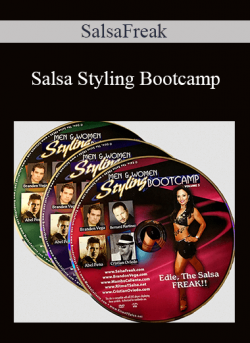


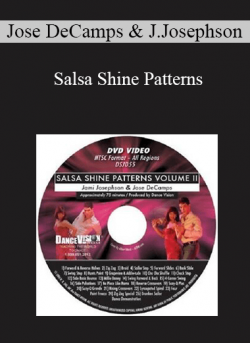
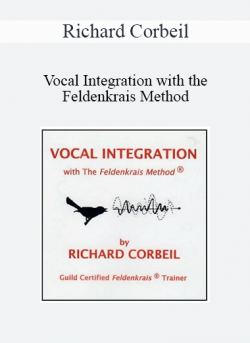
6 reviews for John Whynot – Audio/Music Production for Visual Media
There are no reviews yet.